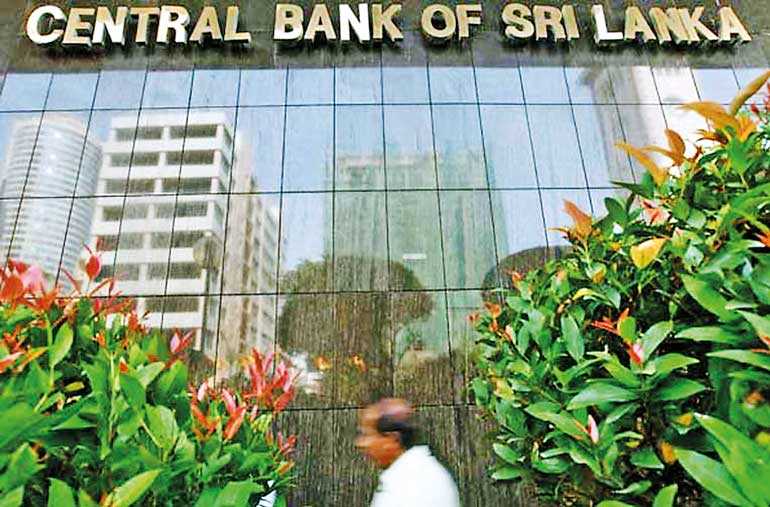May Day and its signification

( May 1, 2018, Dhaka, Sri Lanka Guardian) International Workers’ Day, also known as Labour Day or Workers’ Day in some countries and often referred to as May Day is a celebration of labourers and the working classes that is promoted by the international labour movement which occurs every year on 1st May Day. The date was chosen by a pan-national organisation of socialist and communist political parties to commemorate the Haymarket affair, which occurred in Chicago on 4th May 1886. The 1904 Sixth Conference of the Second International, called on all Social Democratic Party organisations and trade unions of all countries to demonstrate energetically on the First of May for the legal establishment of the 8-hour day, for the class demands of the proletariat, and for universal peace.
International working classes have existed since the development of agriculture, about ten thousand years ago. Serfs, slaves, trades people and others were forced to turn over the fruits of their labour to an exploiting class. But the modern working class, whose exploitation is hidden by the wage system, is only several hundred years old. Men, women and children forced to work long hours in miserable conditions just to eke out a living. These conditions gave rise to demands for limitations on the working day. Utopian socialist, Robert Owen of England, had raised the demand for a ten-hour day as early as 1810, and instituted it in his socialist enterprise at New Lanark. For the rest of the English workers, progress was slower. Women and children were only granted a ten-hour day in 1847.
French worker’s demand for a 12-hour day was granted after the February revolution of 1848. In the United States, where May Day was born, Philadelphia carpenters campaigned for a ten-hour day in 1791. By the 1830s, this had become a general demand. In 1835, workers in Philadelphia organised a general strike, led by Irish coal heavers. Their banners read, “From 6 to 6, ten hours work and two hours for meals.” From 1830 to 1860, the average work day had dropped from 12 hours to 11 hours.
Already in this period, the demand for an eight-hour day was being raised. In 1836, after succeeding in attaining the ten-hour day in Philadelphia, the National Labourer declared, “We have no desire to perpetuate the ten-hour system, for we believe that eight hours’ daily labor is more than enough for any man to perform.” At the 1863 convention of the Machinists’ and Blacksmiths’ Union, the eight-hour day was declared a top priority. The heart of the movement was in Chicago, organised mainly by the International Working Peoples’ Association.
A few years later, in 1872, a hundred thousand workers in New York City struck and won the eight-hour day, mostly for building trades workers. It was in this protracted campaign for an eight-hour day that May Day was born. The movement for the eight-hour day was linked to the date of 1st May at an 1884 convention of the three-year-old Federation of Organized Trades and Labour Unions of the United States and Canada, the forerunner of the American Federation of Labor. It was resolved to hold the demonstration on 1st May 1890 in keeping with the American Federation of Labour’s 1886 demonstrations of 1st May.
The call was a resounding success. On 1st May 1890, May Day demonstrations took place in the United States and most countries in Europe. Demonstrations were also held in Chile and Peru. In Havana, Cuba, workers marched demanding an eight-hour working day, equal rights for all and working-class unity. Although the 1889 resolution called for a once-off demonstration on 1st May, the day quickly became an annual event. Throughout the world workers in more countries marked the celebration of labourers rights on May Day.
May Day was celebrated for the first time in Russia, Brazil and Ireland in 1891. By 1904 the Second International called on all socialists and trade unionists in every country to demonstrate energetically annually on 1st May for the legal establishment of the eight-hour day, for the class demands of the proletariat, and for universal peace. Chinese workers celebrated their first May Day in 1920, following the Russian socialist revolution. In 1927, workers in India observed May Day with demonstrations in Kolkata, Chennai and Bombay. By that time, May Day was truly a world workers’ day.
Ironically, while May Day gained momentum across the world it lost steam in the United States where the celebration originated. Today May Day is celebrated as a public holiday throughout most countries with the exception of the United States, because of the holiday’s association with Communism. Mayday has been celebrated unofficially in South Africa since the 1980s. However, 1st May only became an officially recognised public holiday after the democratic elections of 1994. South Africa’s mining industry’s history and the development of strong Trade Unions and communist ideologies has largely determined the country’s labour history and the workers struggle.
Ironically, while May Day gained momentum across the world it lost steam in the United States where the celebration originated. Today May Day is celebrated as a public holiday throughout most countries with the exception of the United States, because of the holiday’s association with Communism. Mayday has been celebrated unofficially in South Africa since the 1980s. However, 1st May only became an officially recognised public holiday after the democratic elections of 1994. South Africa’s mining industry’s history and the development of strong Trade Unions and communist ideologies has largely determined the country’s labour history and the workers struggle.
May Day is also a labour holiday in many areas of the world, and that part of its history is a thornier story. May Day has shared a date with International Workers’ Day since the 1880s. At the time, labour movements around the world were fighting for fair work accommodations like eight-hour workdays and unions. The date was chosen because it aligned with the anniversary of the Haymarket affair in Chicago, where police killed four people at a peaceful protest after someone threw a bomb into the crowd. The event had a huge impact on labour movements across the world.
The demand for an eight-hour day . . . is the demand of the whole proletariat, presented, not to individual employers, but to the government as the representative of the whole of the present-day social and political system, to the capitalist class as a whole, the owners of all the means of production. The decision to declare 1st May as International Labour Day or May Day arose from the historic struggle launched by the American workers for an eight-hour workday and the brutal attack by the police on the workers at a protest rally held at Haymarket Square in Chicago, U.S.A. on May 4, 1886. In that rally, the American workers struck work on 1st May 1, 1886 demanding an eight-hour workday.
The working class across the world attaches great importance to May Day rallies to show their strength. Red has been selected as the colour of the workers in recognition of the blood-shed in the eight-hour workday struggle. May 1st of each year is now looked upon by the organised wage-workers and the observing public as a sort of new Independence Day upon which they will every year strike a blow for emancipation and steadily weaken the shackles of wage slavery. And that is significance of May Day.
Initially, May Day was intended to be a one-off protest, and in some ways quite a solemn affair. May Day did not merely enact internationalism and working class solidarity; it celebrated these things with the familiar paraphernalia of badges, flags, art, sporting events… May Day is now most commonly associated as a commemoration of the achievements of the labour movement. The holiday may also be known as Labour Day or International Worker’s Day and is marked with a public holiday in over 80 countries including Bangladesh.
The first of May is a national public holiday in many countries worldwide, in most cases as “Labour Day”, “International Workers’ Day” or some similar name. The 1st May popularly known as the May Day is an official holiday in Bangladesh. All labour-oriented organisations celebrate the day with great honour and dignity. On the following stanzas, what comrade Lenin said is of immense significance:
“May Day is when the workers of all lands celebrate their awakening to a class-conscious life, their solidarity in the struggle against all coercion and oppression of man by man, the struggle to free the toiling millions from hunger, poverty, and humiliation. Two worlds stand facing each other in this great struggle: the world of capital and the world of labour, the world of exploitation and slavery and the world of brotherhood and freedom.
On one side stand the handful of rich blood-suckers. They have seized the factories and mills, the tools and machinery, have turned millions of acres of land and mountains of money into their private property. They have made the government and the army their servants, faithful watchdogs of the wealth they have amassed. On the other side stand the millions of the disinherited. They are forced to beg the moneybags for permission to work for them. By their labour they create all wealth; yet all their lives long they have to struggle for a crust of bread, beg for work as for charity, sap their strength and health by back-breaking toil, and starve in hovels in the villages or in the cellars and garrets of the big cities….
On one side stand the handful of rich blood-suckers. They have seized the factories and mills, the tools and machinery, have turned millions of acres of land and mountains of money into their private property. They have made the government and the army their servants, faithful watchdogs of the wealth they have amassed. On the other side stand the millions of the disinherited. They are forced to beg the moneybags for permission to work for them. By their labour they create all wealth; yet all their lives long they have to struggle for a crust of bread, beg for work as for charity, sap their strength and health by back-breaking toil, and starve in hovels in the villages or in the cellars and garrets of the big cities….
The great struggle of labour against capital has cost the workers of all countries immense sacrifices. They have shed rivers of blood in behalf of their right to a better life and real freedom. Those who fight for the workers’ cause are subjected by the governments to untold persecution. But in spite of all persecution the solidarity of the workers of the world is growing and gaining in strength…. “ We wish to finish off today in the words of Martin Luther King Jr., “All labor that uplifts humanity has dignity and importance, and should be undertaken with painstaking excellence.”
-The End –

























